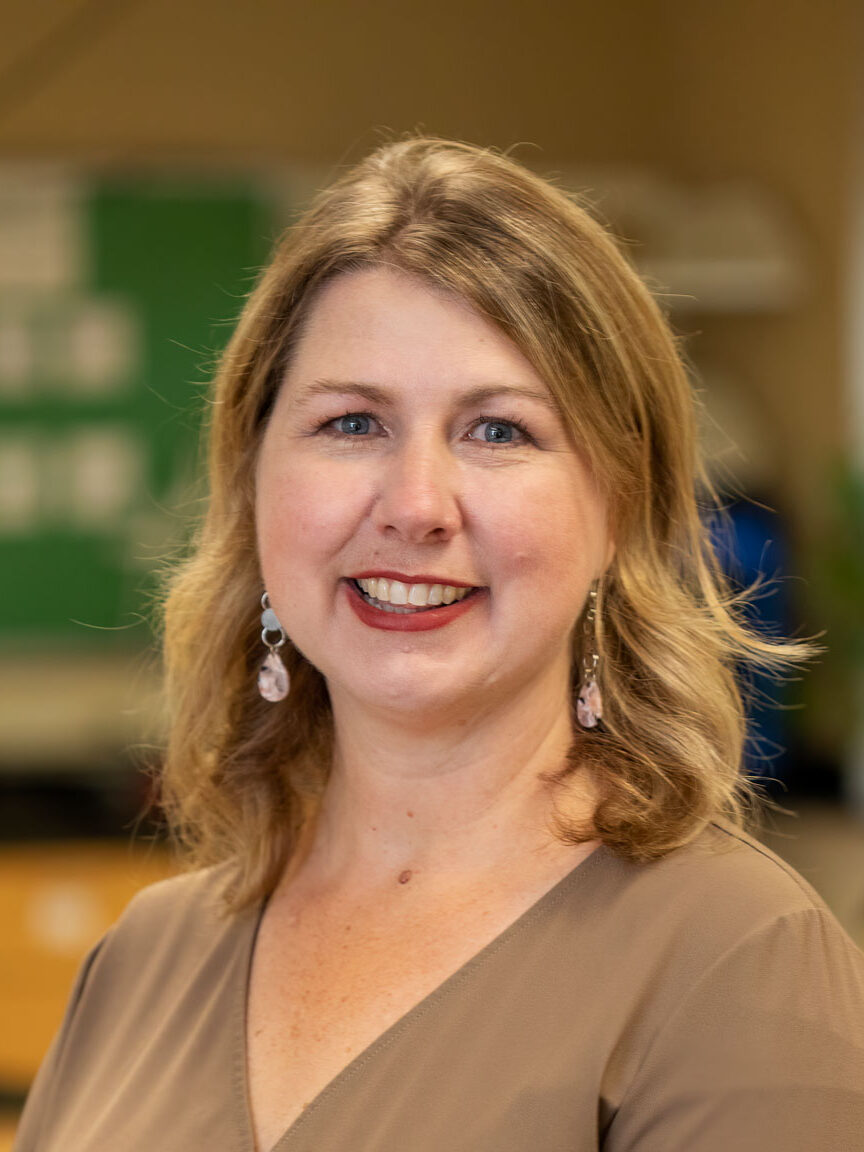Would it surprise you to learn that a child initiated the idea for creating the indelible 1971 movie classic, Willy Wonka and the Chocolate Factory? Ten-year-old Madeline Stuart read Roald Dahl’s book and loved it so much that she asked her father, film director Mel Stuart, to turn it into a movie. Mel showed the book to a producer who happened to be negotiating with the Quaker Oats company about a strategy to introduce a new candy bar. They all teamed up to make the movie a reality, including a cameo performance by the girl who started it all. (Madeline Stuart appears in the classroom scene where Mr. Turkentine obsesses over how many Wonka Bars the classroom has consumed.)
It’s rather poetic that a child spurred the idea for a film dedicated to the boundless imagination and creativity of childhood. If only we could bottle that up and pull it back out in adulthood, how different might this world be? Well, as teachers, we can’t bottle it up, but we can certainly nurture it. We are in a unique position to celebrate our student’s creativity and encourage them to follow their imaginations.
Building Your Wonderland
Creativity can be found in all aspects of education. From art, to science, to home economics, and even how we learn about mathematical concepts like compound interest. How we approach our lessons, as well as how we encourage students to solve problems, can all be influenced by a creative mind. Here are just a few ways to inspire creativity while building connection and fostering social-emotional learning in your classroom:
- Write About It!: Use journal prompts to encourage students to look at ways they can improve their work or overcome a challenge as they strive to reach the end goal. For example, start with “Today my goal is…I am struggling with…. Here are 3 things I’d like to try to overcome this challenge…”
- Graffiti Wall: Make thinking visible with a Graffiti Wall. Start by displaying questions, topics, or models on chart paper or whiteboards on a wall. Have students write answers and then move down the wall. Encourage them to go deeper in answering the question or provide clarification as they approach walls with more writing!
- Acronym Challenge: Have students create acronyms that share their thinking. A simple example would be to describe yourself using one adjective for each letter of your name. A more complex example could be to write one fact about photosynthesis for each letter of the word.
- Collaborative Brain Sketch: Kickstart cognition with a collaborative brain sketch. Place students in small groups. Provide each student with a sheet of plain white paper and a pencil. Ask each team member to do a quick sketch about the topic being studied. After a designated time, have the students pass their sketches to the person on the right. This person may add to the sketch by drawing more, adding labels, or adding descriptions. After a designated time, rotate the drawings until each student has an opportunity to contribute to each drawing. Then, allow the groups time to share their finished drawings and share what they learned. Share these ideas to a class list.
Let it Flow
What seems like silliness and fantasy at times is actually quite powerful for these young minds. Expressing creativity provides an outlet for emotions that are otherwise difficult to process. It builds confidence and a sense of self by promoting uniqueness. It fosters perseverance and problem-solving as children work to make a tangible expression of their most intangible ideas. So, give yourself permission to let a little bit of Wonka into your classroom. Who knows what type of world we could help our students create?
*Image courtesy of Evan-Amos via Wikimedia Commons.

